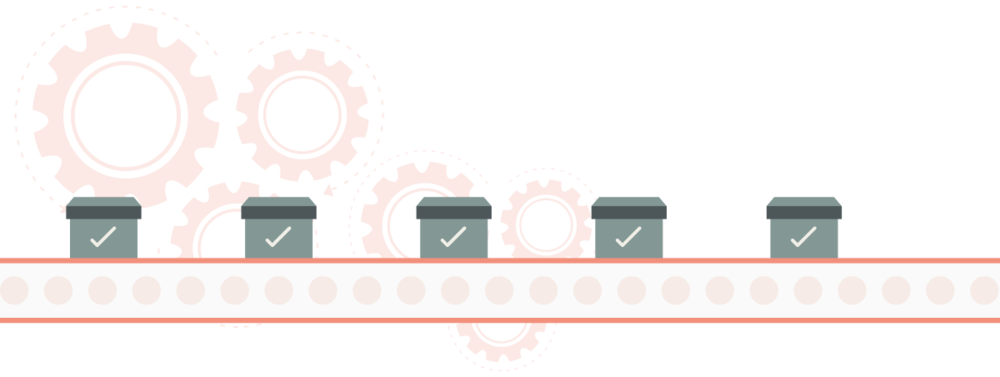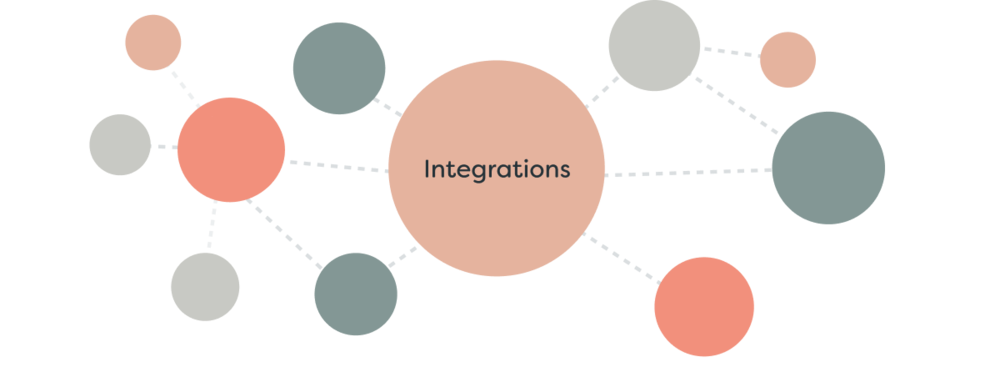
The quality of digital products is skyrocketing.
And that makes the bar for grabbing and holding customers’ attention so much higher. But it also means so many products are left by the wayside because they don’t reach this standard.
The thing is, when I dive into those products that don’t cut it, it always comes down to one (or more) of the same things.
In fact, it’s so common it’s compelled me to outline the 5 areas new digital products must get right — Purpose, Product, Partnerships and Distribution, Platforms (and integrations), or Price — or risk joining the ranks of the other ho-hum products out there.
So here it is, my 5 principles for creating top-shelf digital products.
1. Purpose: Find your why

I know, I know, enough with the “start with why” mumbo jumbo, but bear with me…
Because understanding why you’re building a digital product before you start sets your entire project up for success.
I’ve seen teams that have “skipped over” their purpose and started building right away.
They thought their idea was okay.
In reality, without a clear purpose the team is totally disjointed. No one has the same understanding of the idea. No one can articulate exactly what the purpose is. The team isn’t united around the same problem and they don’t understand the audience or how to reach them.
They don’t understand what a successful end-product would look like.
Anyway, they built this product and, big surprise, it didn’t go over well. The investors said, “How have you spent so much money trying to build this thing? How have you tried to build something without validating a market or understanding your audience?”
This is exactly why founders need a clear purpose from the start. They need to understand the value exchange they’re offering to customers that makes the business work (that is, why someone would be willing to pay for their product).
More than that, nailing down your purpose helps everyone understand the product’s core objective. It unites everyone and directs them towards a single goal. It keeps the entire team laser-focused on…
…what you’re trying to achieve.
…the right audience.
…delivering value to that audience.
…making that value profitable.
…measuring success with the right metrics.
It sets you up to build a product your audience actually wants.
Now, in truth, there’s no cookie-cutter formula for finding your purpose, but there are a bunch of templates and models that can help you along the way. Some people use lean canvases, others use business canvases, sometimes it’s just a business case or something we’ve worked together on.
No matter how you do it, the point is, you need to ask and answer the hard questions, develop a clear purpose, then communicate it to everyone on the project. Because this makes a stronger proposition when you build and launch your product.
2. Product: Building the right delivery mechanism

If purpose is the why, think of product as the what, where, and how. Product is the delivery mechanism for your idea and purpose; the final output your customers interact with.
And the key to nailing your product is knowing which mechanisms drive the best outcome for your end-users.
For example, one mechanism you hear about a lot is stickiness.
A real estate portal’s whole objective encourages users to load pages again and again and again to generate advertising revenue. They want people on the site for as long as possible. They want the page to be sticky. Facebook, LinkedIn, Instagram, they all rely on creating this sticky habit.
Whereas, banks don’t need to be sticky. They want customers in and out as fast and as easily as possible. They don’t make money from the website, they create a better experience for the end-user, and that creates trust and loyalty.
The point is, different apps require wildly different mechanisms.
But this is just a narrow sliver of what your product must deliver. You’ll also want to consider things like:
- How your product should look
- If it’s an app, an API service, a website, an on-premise experience
- Where people will use it
- How users will interact with it
- If it’s high-touch or low-touch
It’s worth noting, though, that product is tightly linked to purpose. When you understand your objective, you can design the product for the perfect end-user outcome.
3. Partnerships and Distribution: The ultimate value multiplier

Notice how Instagram automatically posts to Facebook? It’s because they want you to be active (addicted) on both systems.
Same thing with Amazon Movies and IMDB. You read a review on IMDB and Amazon’s little “watch now” button is right there lurking.
These product partnerships are symbiotic — that is, they don’t just create value for you, they also create value for other businesses.
As you build the user journey and establish your user’s needs, you undoubtedly run into periphery services they might find valuable. Pounce on these. These partnerships will add value to your products and separate you from competitors.
The key to finding these partnerships is to find non-competing businesses that interact with your audience and show them how a partnership is beneficial to them and the end-user. This opens up all kinds of options — referrals, endorsements, etc.
When you can leverage partnerships to add even more value to the product you’re building, the chances it succeeds rises dramatically.
4. Integrations: “Who does it better?”

It’s important for anyone creating a new digital product to hear this:
You don’t need to build everything yourself.
But you do need to find providers you can integrate for a very low cost.
The most valuable thing you can do when building a digital product is to ask yourself “who does it better?”
So often I see products fail at customer support because they’re trying to build a support mechanism with an email form that goes to an email address that no one ever reads. Plus, because they haven’t put tracking in, so they don’t know the usage, and they’re not capturing data.
Instead, they could be paying $10 a month to integrate with Zendesk/Messagebird/Intercom etc, which gives their customers a direct line to their support team and saves a whole lot of time and unhappy customers.
That’s why it pays to remember every digital product exists in an ecosystem. There’s no point trying to build something from scratch if a better version already exists.
5. Pricing: It’s not all about money…

Pricing really falls apart when businesses become scared of talking to their customers.
Instead, they try to make pricing up in a vacuum, based on competitors numbers and comparisons. And they end up under- or over-pricing their product.
If you really want to nail your pricing, it’s simple: talk to your customers and understand their price point.
But, pricing isn’t always about money. It can also help you sell additional products or give value back to your audience by serving a need.
For example, say a bank gave you an app that lets you toggle all of your subscriptions off and on. That helps you manage your subscriptions and it helps the bank because they won’t charge you every transaction.
More than that, I see so many companies leave money on the table because they haven’t monetized any of their data.
It’s not uncommon for businesses to collect huge amounts of data from their users, then do nothing with it. What gets me is, they could be monetizing it — whether it’s for insight usage, to save with efficiencies, or for statistical purposes.
The point is, once you understand that pricing isn’t about money but about the value you deliver to your business and users, the better your digital products will become.
Making these 5 principles work for you
The thing is, it’s not enough to get just one or two of these principles right. To be sure a product will thrive you need to get all of these principles right.
Every. Single. One.
Only then will you create products that can survive and thrive in today’s competitive, attention-hungry climate.




